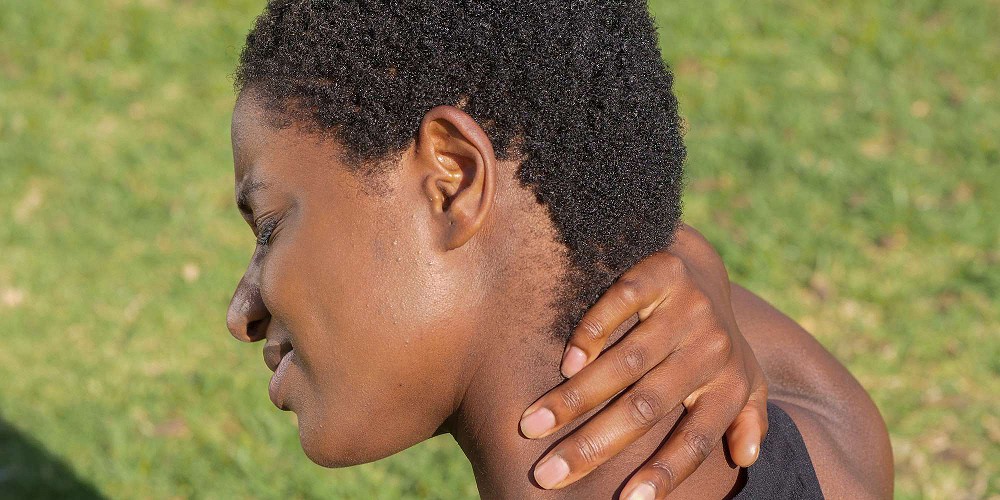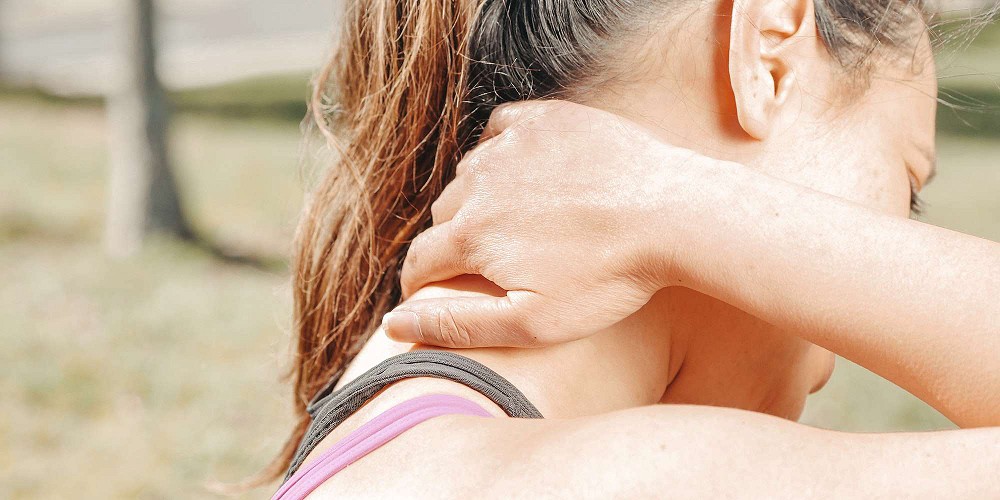Exercise Therapy for Knee Pain
Article by Amy Finlay
Feeling pain radiating from under your kneecap? What is it, what causes it, and what can you do about it?

What is Patellofemoral Pain Syndrome?
Knee pain is a common complaint for many athletes and non-athletes alike.
Patellofemoral Pain Syndrome (PFPS) is one of the most common injuries of the lower extremity; this injury is characterized as pain under the kneecap or around the kneecap. The patellofemoral joint is where the knee cap (the patella) articulates with the thigh bone (the femur).
What Causes Patellofemoral Pain?
In healthy knees, when we bend and straighten the knee, the kneecap glides up and down in a groove on the thigh bone (the Femoral groove). Pain often occurs if the knee cap begins to track laterally; this poor tracking or misalignment most commonly occurs as a result muscle imbalances or poor mechanics. The most common reasons for muscle imbalance/poor mechanics include disuse or deconditioning and overloading (ie. increasing activity volume too quickly)[Physioworks,2015].
Stretch What’s Tight, Strengthen What’s Weak
There is strong evidence that PFPS responds well to exercise therapy[Clijsen R, et.al 2014]. In my clinical practice, I often find it is very helpful to stretch what is tight; in the case of PFPS this often includes stretching the Quadriceps, the Hamstrings, and the Iliotibial Band (IT Band). The other component that has been shown to reduce pain with PFPS is to strengthen the following muscle groups: the hip abductors (buttock muscles), and the medial quadriceps (thigh muscles close to midline).
Stretches for PFPS
Here are some examples of exercises I commonly prescribe for PFPS. Each of the following stretches can be held for 10-30 seconds. Repeat 3 times. Daily. Do not hold painful positions while stretching; if painful adjust positioning.
Quadriceps Stretch
In standing, while maintaining a straight back, bend one knee and hold the ankle with the hand on the same side. Keep thighs together so that the knee that you are stretching is pointing down towards the floor. Pull ankle towards the buttock to increase the intensity of the stretch as needed.
Hamstrings Stretch
In sitting place one leg out with a straight knee, bend the other knee and place the foot of this leg against the inner thigh of the straight leg. Sit up tall through the trunk and lean forward from the hips. This stretch should be felt along the back of the thigh.
Iliotibial Band Stretch
In standing cross the foot of the leg you are stretching behind the other foot (feet should be approximately 30-50 cm apart), lean the same hip out to the side and lift the same arm up and over the opposite side. This stretch should be felt in the upper aspect of the outer hip.
Strengthening Exercises
Strength exercises can be completed up to 5x/week. 2 sets of 10 repetitions. These exercises should not be painful.
Hip Abductors
Lay on side with bent knees stacked. Straighten out top leg and while maintaining a straight line with your trunk, lift the top leg up 10-20cm. Lower leg back down to meet the bottom leg. Can be repeated on both sides.
Medial Quadriceps
Straight leg raise-laying on back with one leg straight and one leg bent, slowly lift straight leg up 10cm, slowly return leg back down. Repeat on both legs.
References
- https://physioworks.com.au/pain-injury/knee-pain/patellofemoral-pain-syndrome/
- Ramskov,D., Barton,C., Nielsen, R.O., Rasmussen, S. Eccentric Hip Abduction Strength Reduces the Risk of Developing Patellofemoral Pain Among Novice Runners Initiating a Self-Structured Running Program: A 1-Year Observational Study, Journal of Orthopaedic & Sports Physical Therapy, 2015/45 Issue: 3 Pages: 153-161
- Clijsen,R., Fuchs, J., Taeymans, J. Effectiveness of exercise therapy in treatment of patients with patellofemoral pain syndrome: systematic review and meta-analysis, Physical Therapy, 2014 Dec;94 (12)
- Heintjes, E. M., Berger, M., Bierma-Zeinstra, M.A., Bernsen, R. MD, Verhaar, J, Koes, B.W. Exercise therapy for patellofemoral pain syndrome, The Cochrane Library =>>> SIR THIS LINK APPEARS TO BE BROKEN (http://www.thecochranelibrary.com/view/0/index.html), 2003 Oct
You May Also Like...
-
 ArticleView Post
ArticleView PostTruth, Reconciliation, and the Medicine Wheel
Feeling disconnected from your ideal health? Learn how to regain your holistic health and well-being.
-
 ArticleView Post
ArticleView PostCategorizing & Treating Neck Pain
It’s probably safe to say that we all have a pain in the neck from time to time. But what type of neck pain are you experiencing?
-
 ArticleView Post
ArticleView PostNeck Pain: Causes & Treatment
Have you ever woken up with a stiff or aching neck, unable to turn your head, thinking ‘where did that come from?’